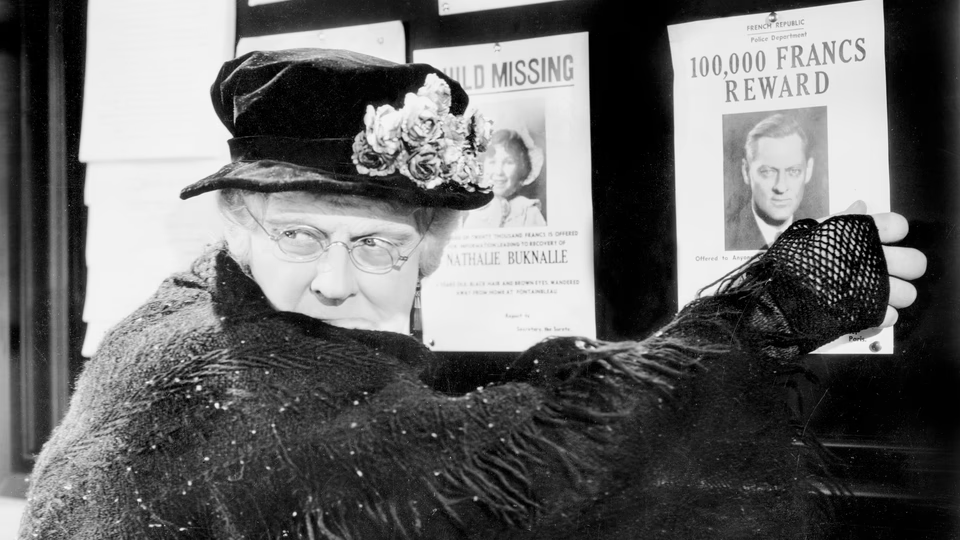The Devil-Doll

Tod Browning made Freaks. He knew subversion. He knew how to unsettle an audience.
So what happened here?
The Devil-Doll plays like a parlor trick that overstays its welcome. Lionel Barrymore, framed for embezzlement, escapes Devil’s Island and teams up with a mad scientist who can shrink people to doll size. The scientist dies. Barrymore takes over. He disguises himself as an old woman selling dolls in Paris.
The premise is pure pulp. Man wronged by society. Science gone mad. Tiny people controlled like marionettes. It should crackle with Browning’s twisted energy. Instead, it plods.
Barrymore’s drag disguise as the elderly Madame Mandilip is the film’s calling card. He fools everyone—even people who knew him intimately. The movie asks us to accept this with a straight face. We can’t. It’s camp without the wink. One joke, stretched across 78 minutes.
The special effects deserve better. When the miniaturized people interact with oversized props—a robbery sequence, particularly—the illusion is startling, even beautiful. But most scenes rely on shoddy superimposition. The lighting never matches. The shadows betray the trick. The tiny figures look like ghosts haunting a world they no longer fit.
There’s a whiff of Bride of Frankenstein here. Malita, the scientist’s widow, sports Elsa Lanchester’s white-streaked hair. The miniature people echo Dr. Pretorius’ creations. But James Whale knew how to make the grotesque sing. Browning, once cinema’s prince of darkness, feels tamed. Neutered. Was it the censors? Studio meddling? Or had he simply lost interest?
The ending hints that Barrymore’s character, his revenge complete, plans to kill himself. It’s left ambiguous enough to slip past the Production Code, but stands out as the lone moment that feels like vintage Browning.
One more thing: Why Paris? The source novel was set in New York. The cast is pure Hollywood. Imagine the Statue of Liberty instead of the Eiffel Tower—liberty denied, irony delivered.
A missed opportunity in a film full of them.